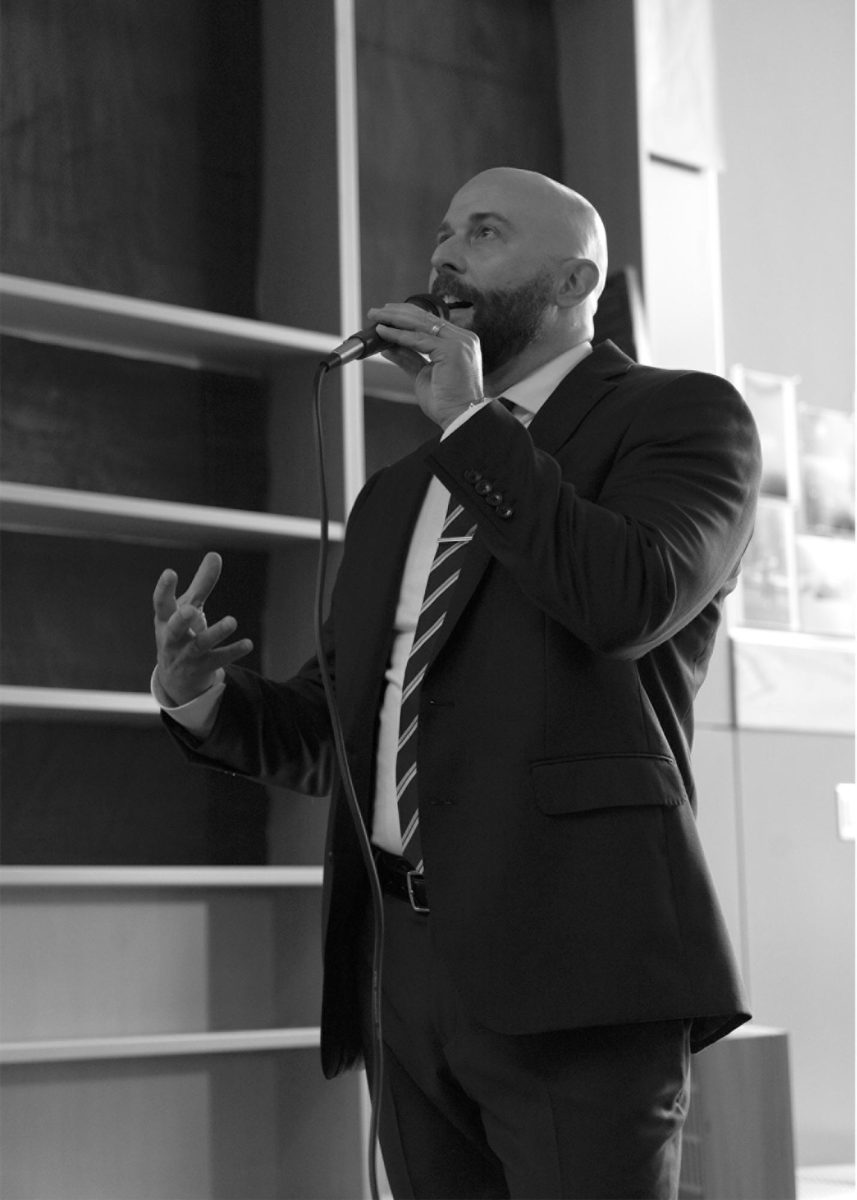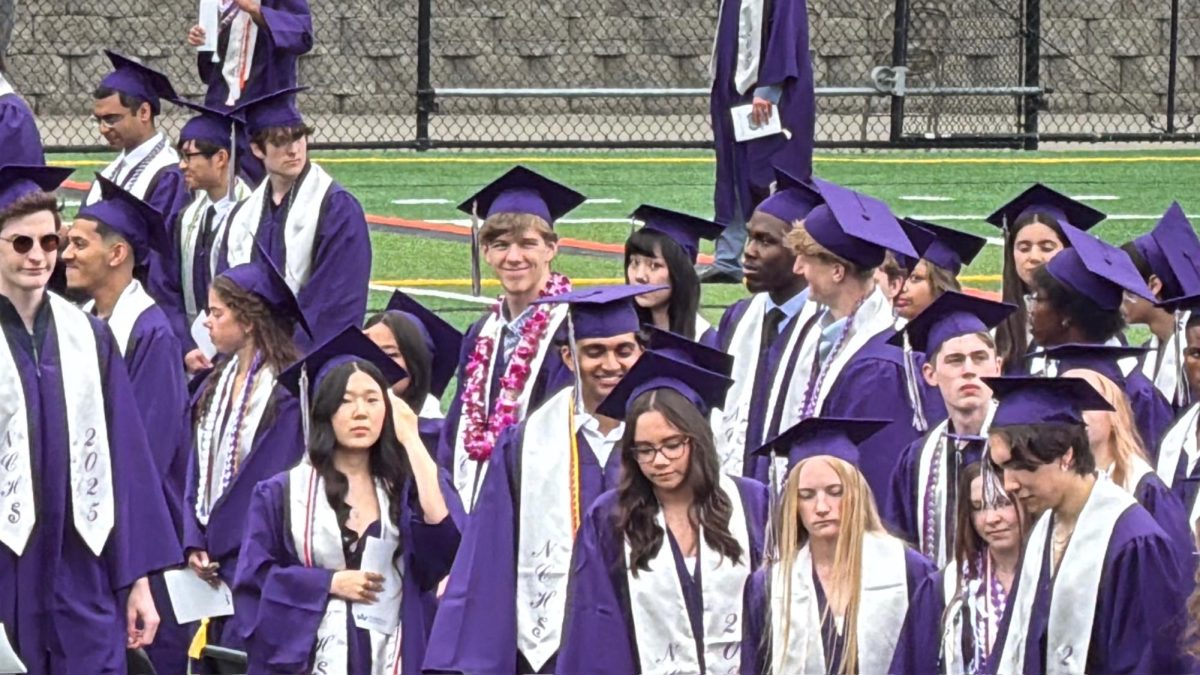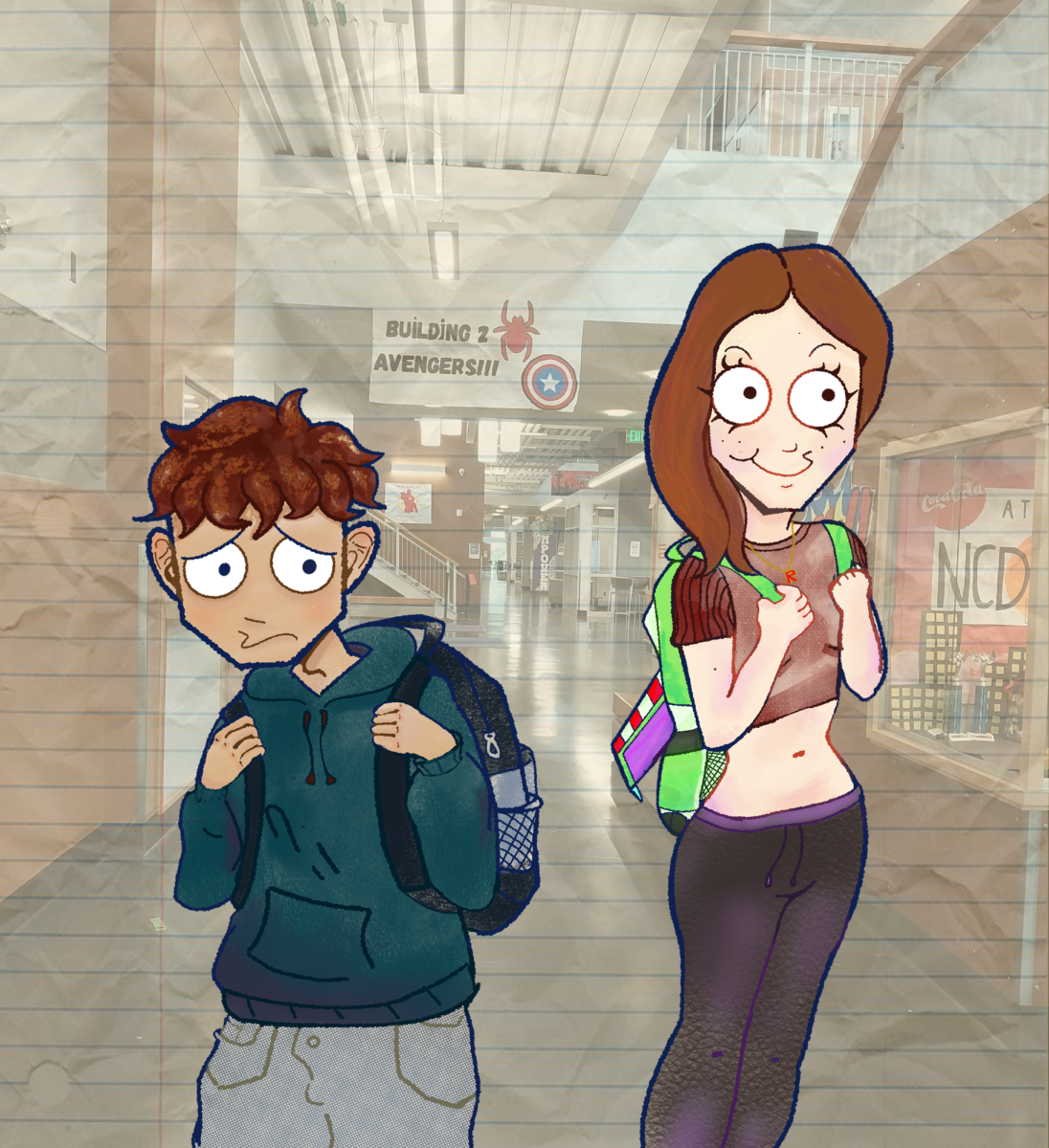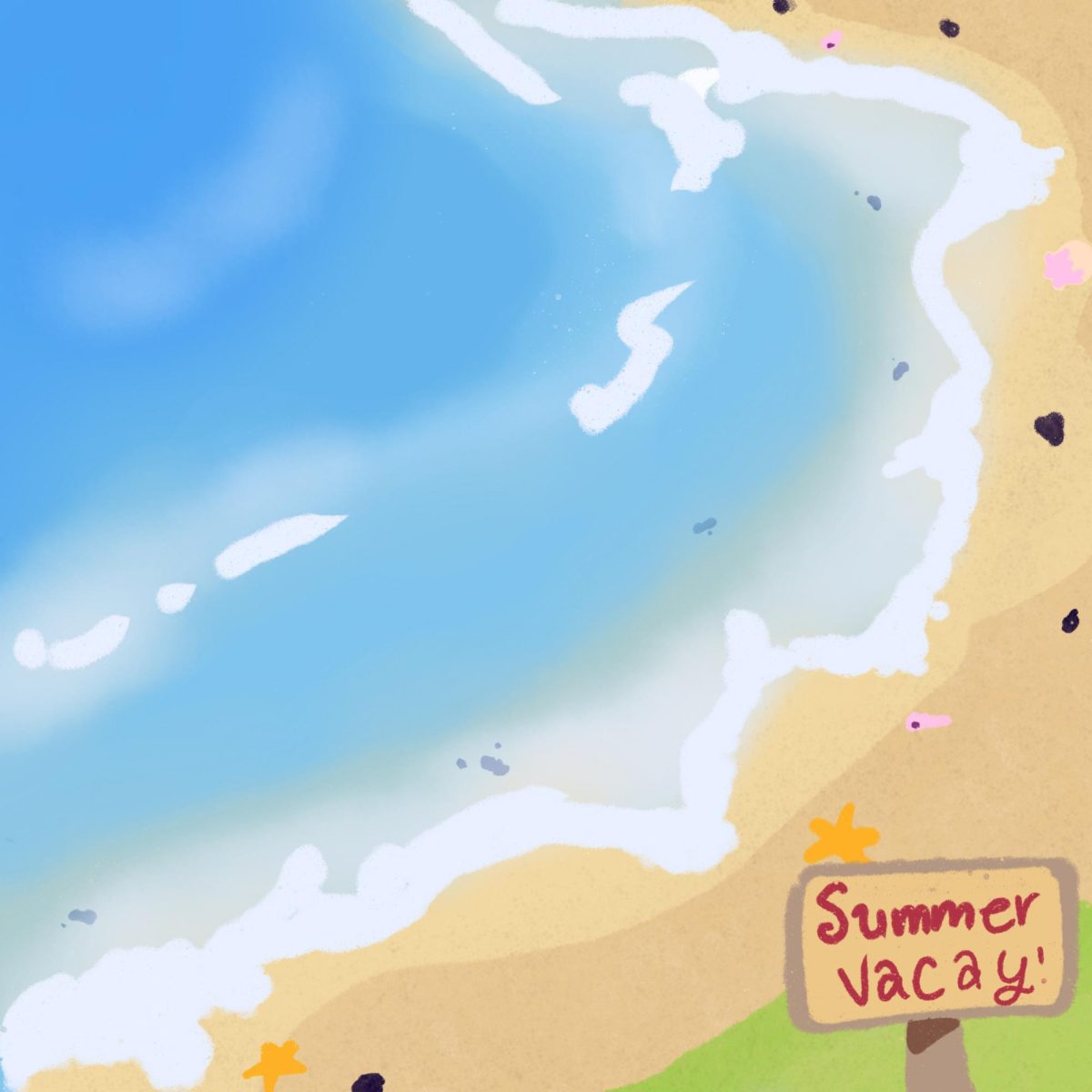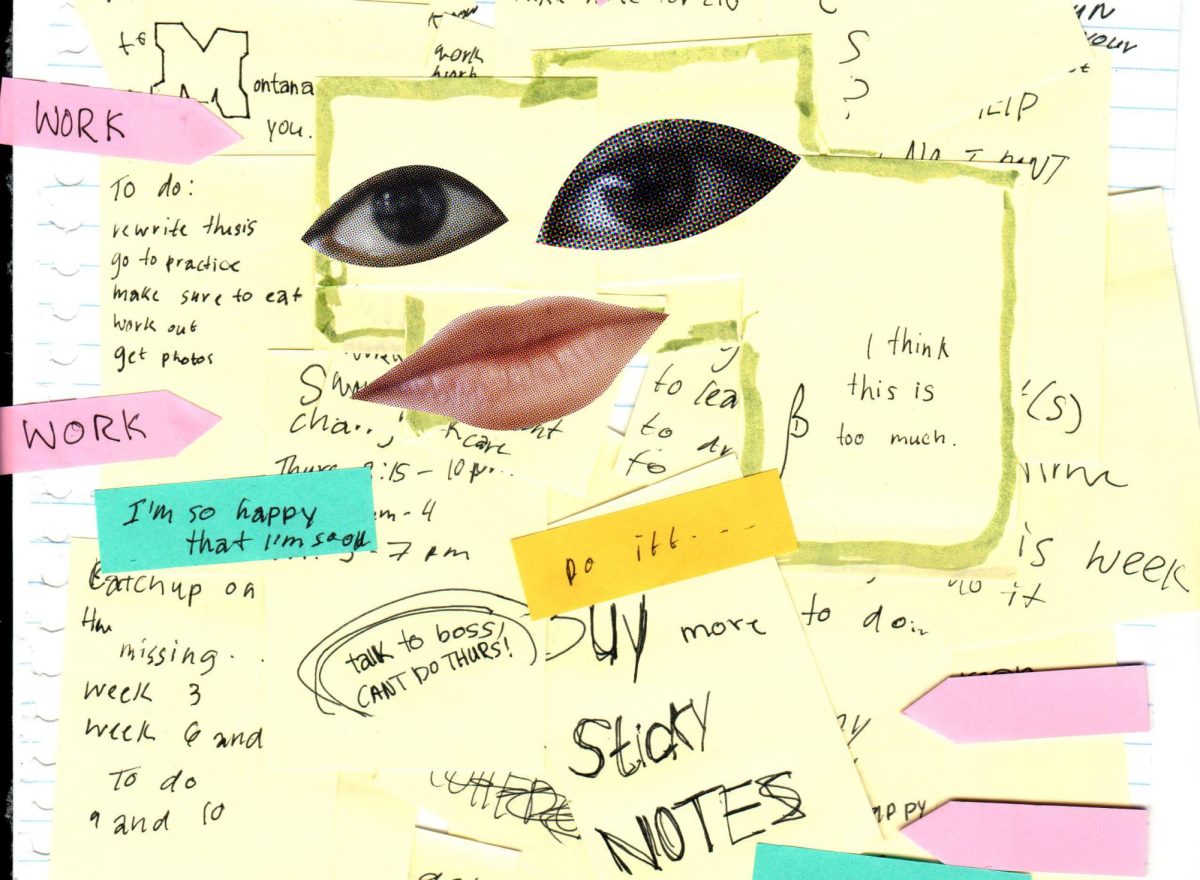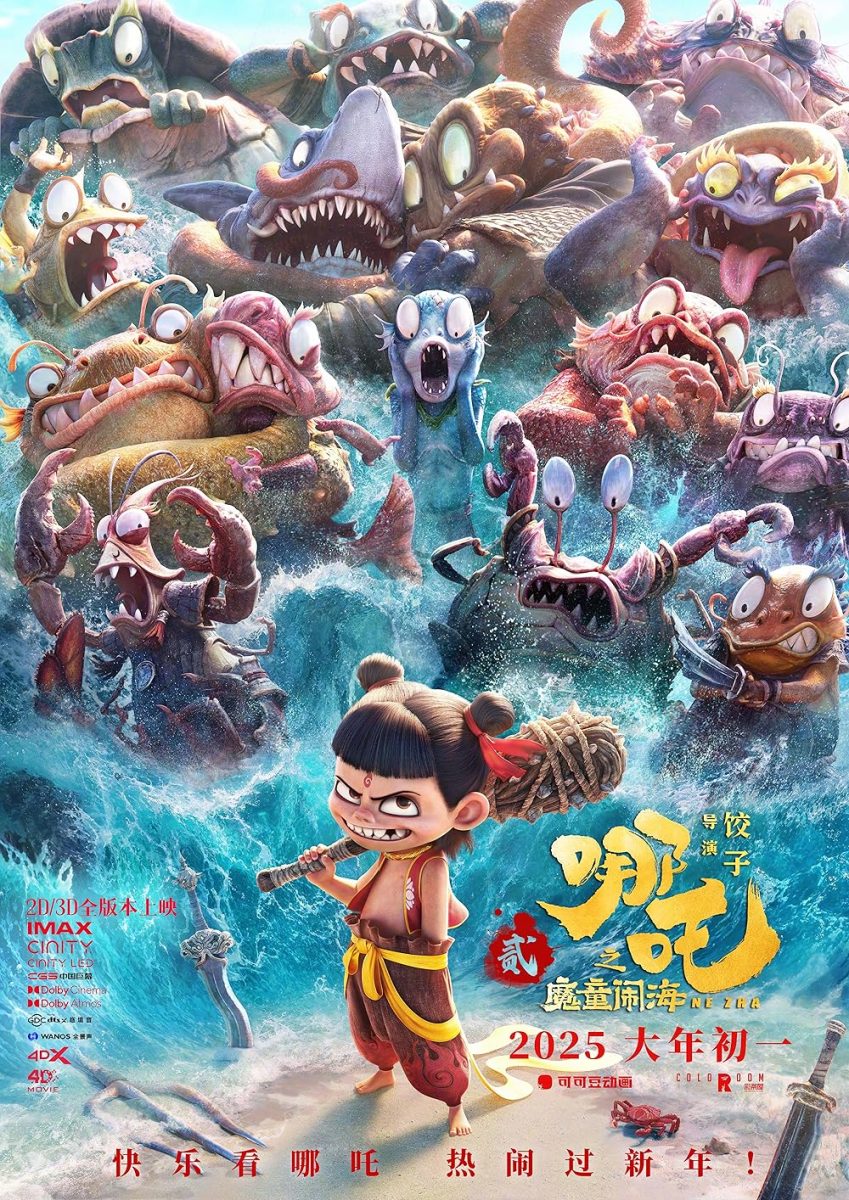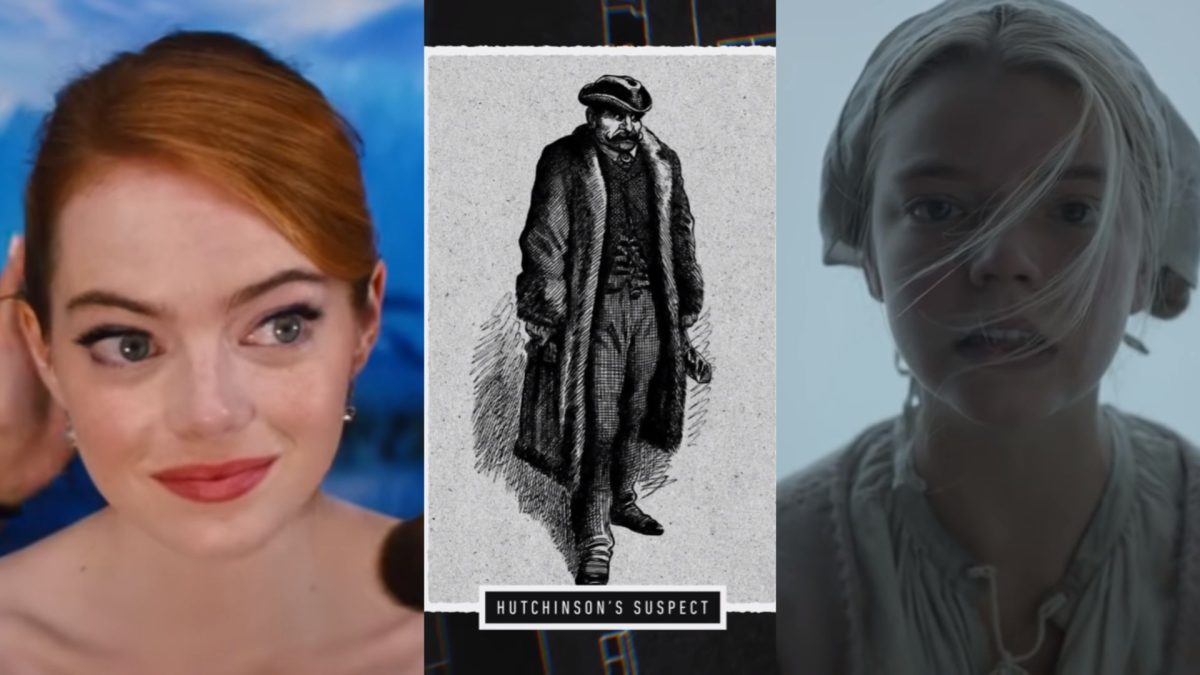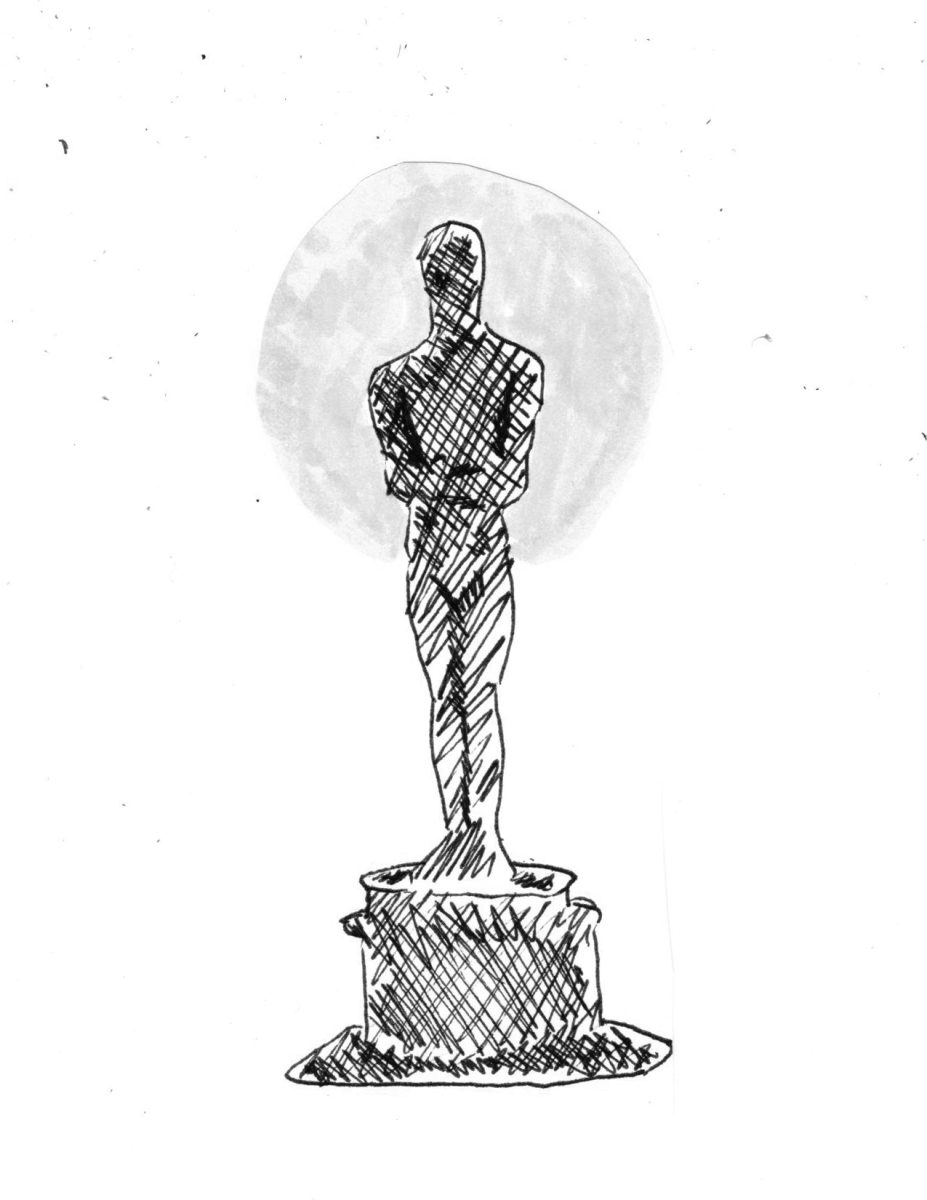In a world of endless words and voices, background noise becomes just that, the background. Popping on a true crime podcast or a morning game show radio station can fill the void of silence when you just need to zone out to something. The popular video streaming platform we all know, YouTube, has had an upturn in a standard of videos known by the platform’s users as video essays. Spanning from five minutes to eight hours, these videos turn the word “essay” into something genuinely enjoyable.
Video essays cover a wide range of topics, with movies and visual entertainment tending to hold the forefront in views. They can also take the form of research projects that are made into visual media, or simply make a hyperfixation on a singular subject the limelight in its field.
Though I have indulged myself in countless video essays in my years on the internet, three have attached themselves to my mind, and I find myself going back to them for sheer entertainment and crippling fascination. Each video takes a different route at sharing the content of their video with the audience, all through different means of incorporating evidence in creative ways.
when the director happens to be an expert in color theory – archer green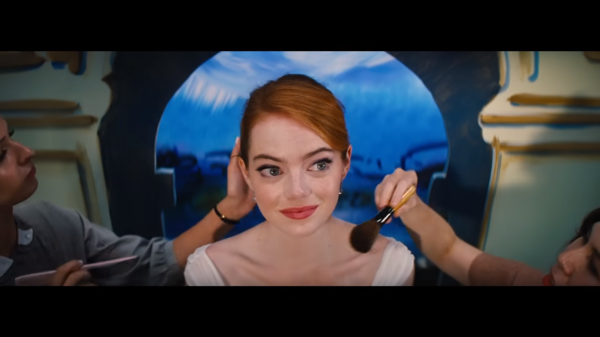
Link: https://www.youtube.com/watch?v=YGRBXsMsyng
La La Land, recognized by the 89th Academy Awards best picture fiasco, and for its award-winning acting, cinematography, and music, has never been short of praise. The film’s director, Damien Chazelle, was awarded best director for a reason. He shapes the story in such a way that guides the audience into a whirlwind of emotion through simple, but enticing movement and direction.
YouTuber Archer Green is a video essay creator that covers mostly directing and acting, and his video covering La La Land’s use of color theory is currently (as of publication) sitting at 2.2 million views. Green embraces the visuals of La La Land that cannot be portrayed in a normal written essay, and incorporates the colorful scenes of the film within the essay. While Green’s words may not be the epitome of writing, his simple tone allows the images to enhance his thesis, which centers on current films’ tendencies to use darker and sepia color tones when films like La La Land use color to break through this trend and create something beautiful.
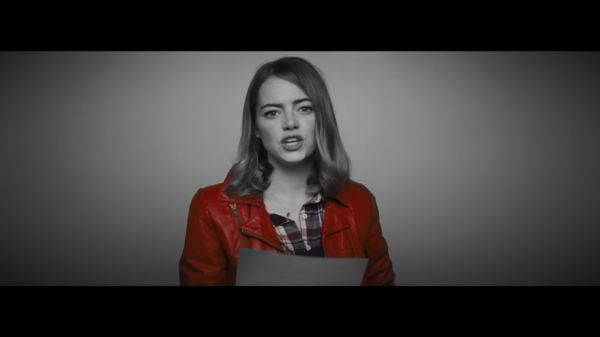
Green incorporates editing techniques to portray his evidence, like a written essay would use quotes from a novel to enunciate a certain theme. While describing the way the color progresses at the same time of the main character relationships, Green says this, “This is around the midpoint in the film, when Mia and Seb are pretty much at the peak of their relationship. Notice anything?” The video then shifts in color to illuminate the green in the scene shown, “Well, it’s very green.” He frequently uses this type of editing to show the importance of color within each scene he talks about, and how the emotion portrayed with color further encapsulates the emotion within the film.

He also combines the quote aspect of a normal essay, but incorporates them in a way that makes the flow so much better. Green comments on how the emotions of the characters, and especially the emotional spot they are in throughout the story, is reflected through the colors portrayed on screen, “Mia dreams of becoming an actress, so naturally in the beginning when she serves a famous movie star, she’s wearing a red dress, Cappuccino please? While Mia is stuck behind a blue wall. On us.” Green crafts a succinct, cohesive essay that is a thrill to watch as the narrative of the film progresses throughout the video, incorporating both audio and visual evidence that keeps the audience enamored with the content.
The Aesthetic of Evil – The Cinema Cartography

Link: https://www.youtube.com/watch?v=W4JPZonR9po
Though focusing on specific film content can create an immersive experience for the watcher, broader topics can take that quality and expand it to an entire form of media. Such happens in The Aesthetic of Evil video essay, created by a pair of people under the channel name The Cinema Cartography. As of publication, sitting at 1.6 million views, the video has gained popularity for its vast array of mediums pulled together to show the narrator, Lewis Michael Bond’s central point.
The video begins with an introduction to what some may describe as the “aesthetic of evil” but as his monologue continues, Bond dives deep into his thesis. The thesis is proposed, being that each display of evil in cinema is tied together by a loose thread of details that give it a certain feel for the audience. While Green’s portrayal of his thesis was far more simple and shown by the visual medium he projected, Bond takes a far more essay-like approach, being clearly scripted out through detailed vocabulary and fascinating story-telling. While images of different characters play out, the video feels far more similar to a podcast, with the imagery as a background concept. Bond describes his point as if it were laid out like an english essay, “For if evil is a concept, it must have some idiosyncrasies that we may decipher into a language as we examine through the video arts to see if we can dissect, even if we just scratch the surface, the aesthetic of evil.”
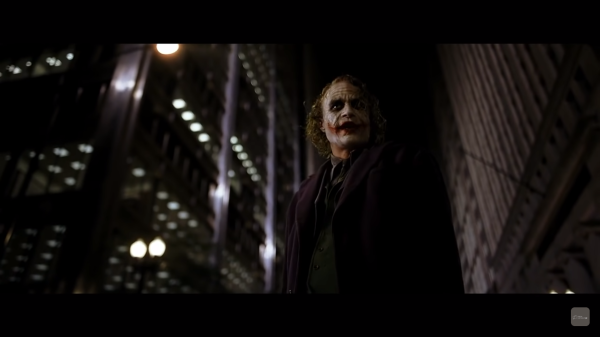
Bond’s words are able to grip the audience and entice them into what he’s saying. The natural flow of the content within the video has a similar effect, as he rapidly switches topics of different villains presented in various forms of media. He ranges in analyzing television, cinema, video games, and even a hint of Shakespeare, all in the runtime of 36 minutes and 38 seconds. As the essay progresses, he uses each work to carry one quality of evil to the next, linking each character or trope to each other in a beautiful array of vocabulary and sentence structure, a true English teacher’s dream.
Bond reaches a point in his analysis where he covers the sentient robot in Stanley Kubrick’s 2001: A Space Odyssey, which serves as the antagonist for the film. It is here where Bond reaches a conclusion of the cycle of evil that he has covered thus far in the video, “The crux of what could depict HAL as a villain is the unremarkable facet that there is strong reasoning behind the actions he undertakes, this is the ever-present element in the makeup of evil, with many characters even feeling and conveying actions of justification for their actions.” He goes on to describe the main antagonist of Hidetaka Miyazaki’s Dark Souls, and how the justification of his actions are what makes him so tragic. It is then where Bond dives into the concept of tragedy, mentioning Macbeth as a forerunner for such descriptions.
Bond’s essay goes on, taking aspects of the antagonist in Dark Souls, both the inherent tragedy and the false justice he portrays, and relating them to a few more villainous characters, this time far more subdued than the likes of Joker and Norman Bates, both of which he covered early on in the video. The way in which he gathers together his evidence and makes a smooth story out of it is what makes the video so perfect. It nearly bridges towards something documentarian.
The Enduring Mystery of Jack the Ripper – LEMMiNO
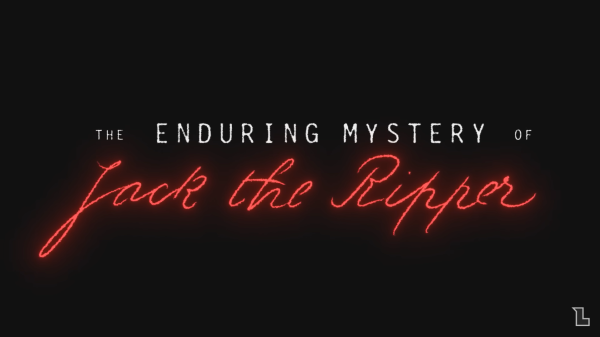
Link: https://www.youtube.com/watch?v=lADBHDg-JtA
What is a video essay if not a differently formatted documentary? Some branch far from a documentary, and some come so close that people prefer the visuals within the video to a real documentary. The Enduring Mystery of Jack the Ripper created by YouTuber LEMMiNO is currently, as of publication, sitting at 10 million views. LEMMiNO’s other documentary-like video essays have received bizarre levels of recognition, including his D.B. Cooper video sitting at 17 million views, and his Flight 370 video sitting at 25 million views. However, I’d like to focus on his Jack the Ripper video because it encompasses so many of the documentarian aspects of his videos.
LEMMiNO begins the video off with an immediate description of the time period he is focusing on, and the character that arose in 1888 London, the mystery of Jack the Ripper. He separates the story into chapters, following the chronological order that each murder occurred in, and ending the video off by diving into the people under suspicion of being the true serial killer. It is formatted in a way similar to any historical documentary, but with one key difference. While pictures and sketches of suspects and crime scenes may be familiar, LEMMiNO’s graphic editing style is something entirely unique to him.
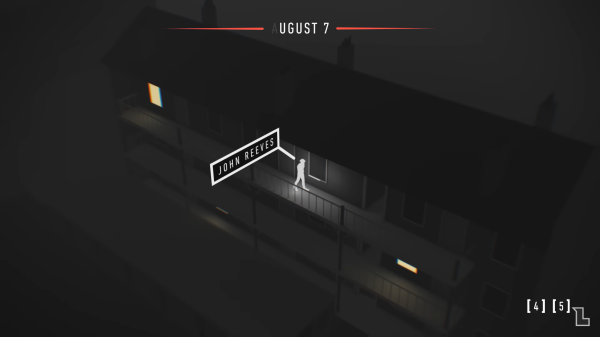
The style is something that can only be truly experienced while watching the video, so I highly recommend putting it on. They tell a story without his words in the background, which act as context for the visuals. Bright displays of victims highlighted in red make it so much more real, and the white line used to follow the path of each representative model makes the viewer feel like they are really there in the scene.
Music was also a key facet of the viewing experience, as each song LEMMiNO pulled for the video gives detail to the view of the emotions of the scenes being played out before them. Similar to a documentary, the emotions the narrator wishes to convey are shown in the music rather than the tone of voice so as to not stray from the factuality of the narrative. Speaking of the narrative, the one LEMMiNO builds throughout the chapters of the video have a similar effect that the previous one does, it draws in the watcher. The story itself is horrific and is built in such a way that creates a perfect anticipation buildup to a story that has no finale.
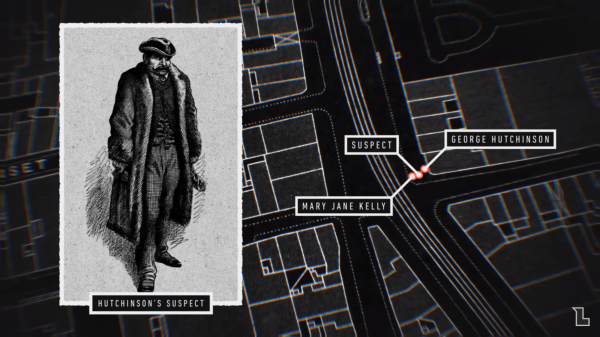
The most fascinating part of Jack the Ripper’s story is that it has no finale, he was never caught. In the back half of the video, LEMMiNO goes over the possible suspects of who Jack the Ripper might be. He goes over four possible suspects, each of which connects back to different parts of the story he’s been telling, and uses actual police report quotes to share just how suspicious these people were. This aspect, also similar to documentaries, is another way LEMMiNO makes the watcher feel like they’re really there in the time period. While the horror of the situation bleeds through in the music, the historical images shown throughout are what really makes it terrifying.
So, what’s the big deal?
Essays are boring, reading is fun but essays are boring. Video essays take every non-boring aspect from an essay, and make it so much better. Though the length of them can vary significantly, with the proper editing and writing skills, a two hour long one could feel like thirty seconds. There’s such a wide range of topics that can be covered across all the videos, and YouTube is a space where that type of medium is perfectly fit in. It’s a perfect form of entertainment, background noise, and at times, educational. Any person looking for a medium of entertainment that fits any of those details, put on a video essay! You’re in for something stupid or educational, something beautiful or memeable, it can be anything, and that’s the best thing about it.
